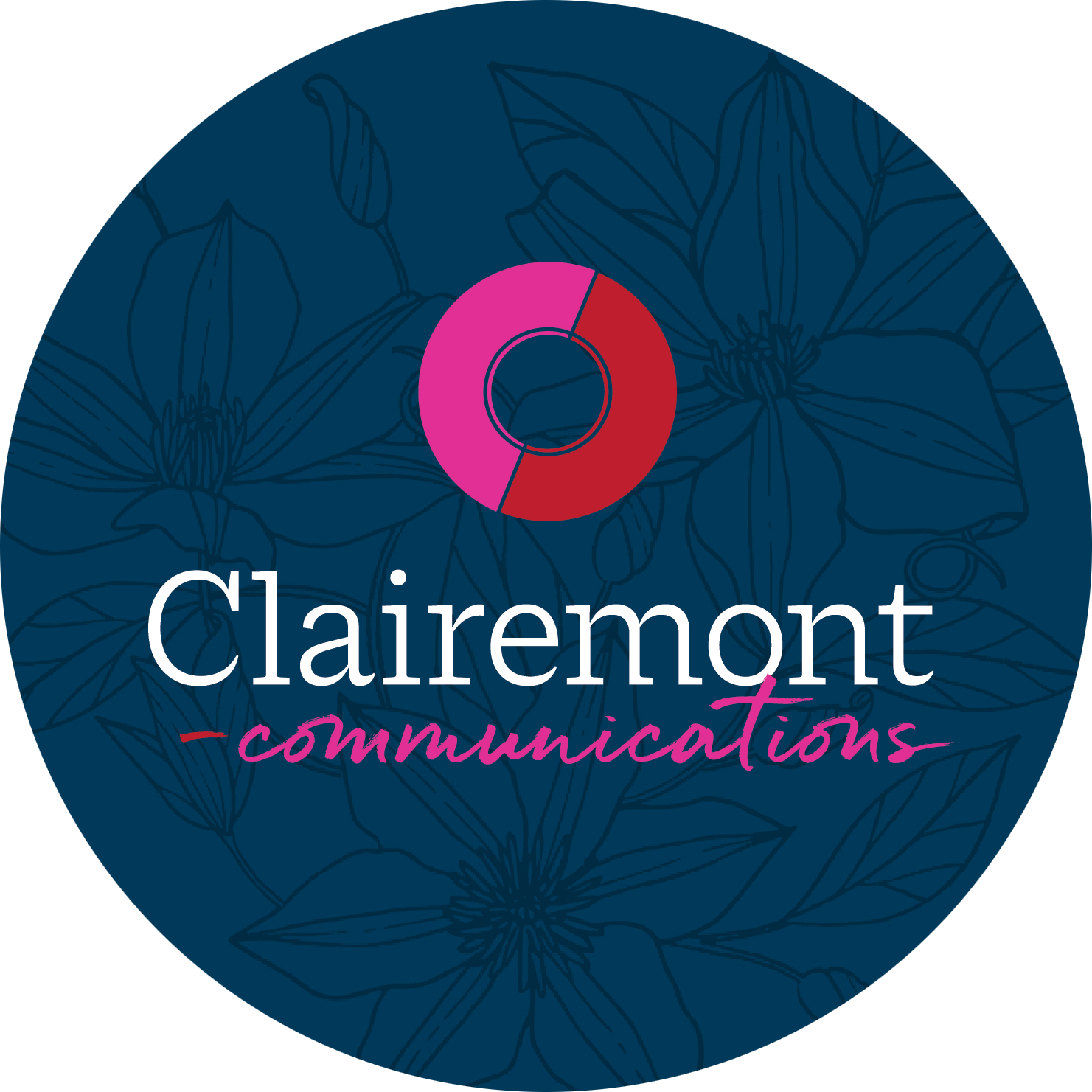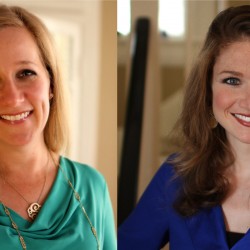Seeking to advance your knowledge of public relations? There are numerous ways to do so, and here Sarah Hattman provides insights through the lens of earning her APR while Cherith Andes offers her perspective based on her masters degree in communication and media studies.
Prepping for the Job: APR vs. Masters in Communication
SARAH HATTMAN: APR
APR. It might make you think annual percentage rate, but for those of us who are PR practitioners it means Accredited in Public Relations. It’s a credential earned by public relations professionals who prove their competency in the knowledge, skills and abilities required to practice public relations with an effective and well-rounded approach in today’s business world. It’s a great tool for anyone who works in PR and is looking to to advance their career or simply expand their knowledge beyond their immediate experience. The path to accreditation is challenging but attainable as long as you commit to the multiple step process.
I first heard about the APR process while attending a professional development luncheon when I lived in Albuquerque and was a member of PRSA’s New Mexico Chapter. It was 2011, and I was only a few months into my PR career. After working in news for a decade, I saw it as a great opportunity to embrace and learn more about the profession.
My APR at Work
- Building Blocks for My PR Career: PRSA defines PR as, “a strategic communication process that builds mutually beneficial relationships between organizations and their publics.” The APR process forced me to further consider all the facets of PR: how it works, what’s the best strategy to make my message known, how the methods we use to communicate are always changing and how I can be a better communicator?
- Challenging Myself: Often times, people tend to fall into a routine and develop a certain way of doing things. However, in the world of PR, no two clients or strategies are the same. To be the best that you can be you have to recognize this and challenge yourself to look at each project from all angles in order to develop a successful plan.
- Moving Out of My Comfort Zone: Before I started the APR process my comfort zone was media relations. I had first-hand experience on both sides. First as a television producer, reporter and anchor who worked with PR people fairly regularly, and then as a PR practitioner who pitched stories to the media. I recently read Frédéric Harper’s blog post “The Magic Happens Outside Your Comfort Zone,” and it really resonated with me. While my background in the media is useful for my PR career, it was earning my APR that gives me the confidence to move beyond of my comfort zone.
CHERITH ANDES: MASTERS IN COMMUNICATION AND MEDIA
After several years in the communications and marketing industry, I found myself returning to the same question: “But why this approach?” Strong PR requires a fountain of fresh ideas, but simply put, creativity without strategy fails to produce results. Effective communication campaigns marry targeted research with comprehensive strategy to deliver the right message to the right audience at the right time. Without the guiding hand of research, even the most innovative marketing campaigns fizzle and fade, and potentially epic ideas join a graveyard of missed opportunities.
I refused to follow that demise.
To build my “communication tool box,” I pursued my masters degree in communication and media studies. Through two years of late nights and hefty papers, I sought to uncover the academic bedrock supporting accurate research, strategy development and–ultimately–effective PR campaigns. Now a few years after graduation, my masters undeniably provided knowledge, skills and tools that inform my work on a daily basis.
My Masters at Work
- The Big Picture: Many practitioners fall into the trap of a tactics-only approach to PR while failing to consider the broader factors at play. During my masters, I studied key theories that illuminate the patterns behind interpersonal and organizational communication. Step beyond Grunig’s basic Four Models of PR, for example,to examine how muted group theory or Noelle Neumann’s Spiral of Silence theory affects behavior adoption. Eye-opening, I promise. PR practitioners cannot afford to ignore this types of influences when crafting a campaign, and my masters trained me to examine PR strategies within a wider theoretical context.
- Reliable Research: Ever read an article that cites something like “Sixty-eight percent of all middle-class Americans prefer XYZ?” Statistics can be misleading, especially if not defined, conducted and represented with precision. My masters provided hands-on work with quantitative and qualitative research methods, from focus group methodology to public survey coding (down to the intricacies of margin of error relative to sample size). These concepts translated into well-honed skills for collecting and integrating scientifically accurate data into relevant communication campaign.
- The Old Hats: Here’s to the ones who have gone before! During my masters, I had the opportunity to learn from some of the leading communication researchers in the nation. Their experiences provided a wealth of case studies: what works, what doesn’t in a real-life dynamic. From Toyota’s crisis communication strategy to Binder’s research on Twitter and public opinion, I’m armed with an arsenal of applied communication examples (not to mention a network of great advisors) to guide my projects.
I have had the pleasure of working with both of these smart and talented women and admire their commitment to the field of public relations. Want to know some other things I find pretty awesome about my colleagues? Check out our other posts on The Clairemont Team.

